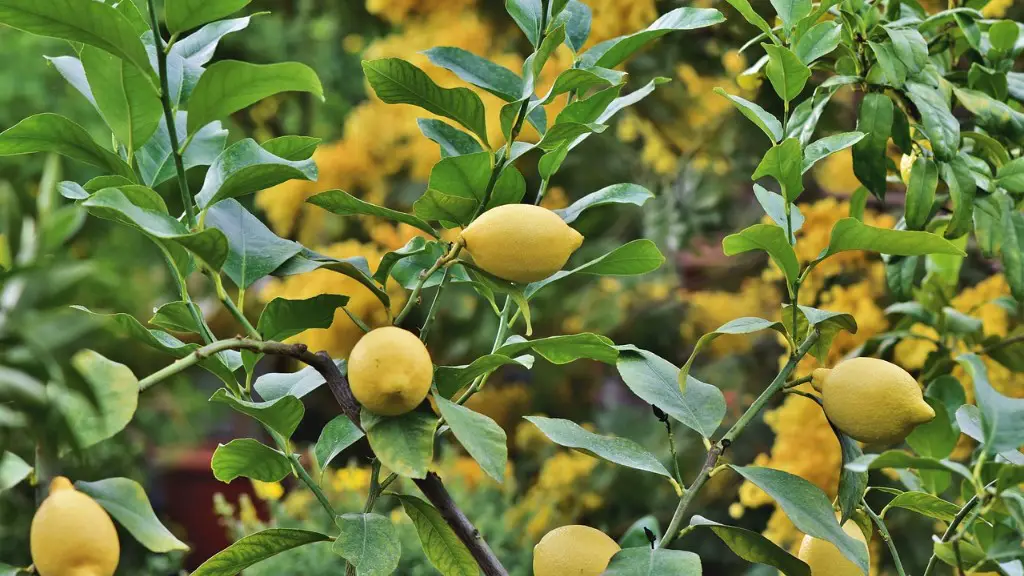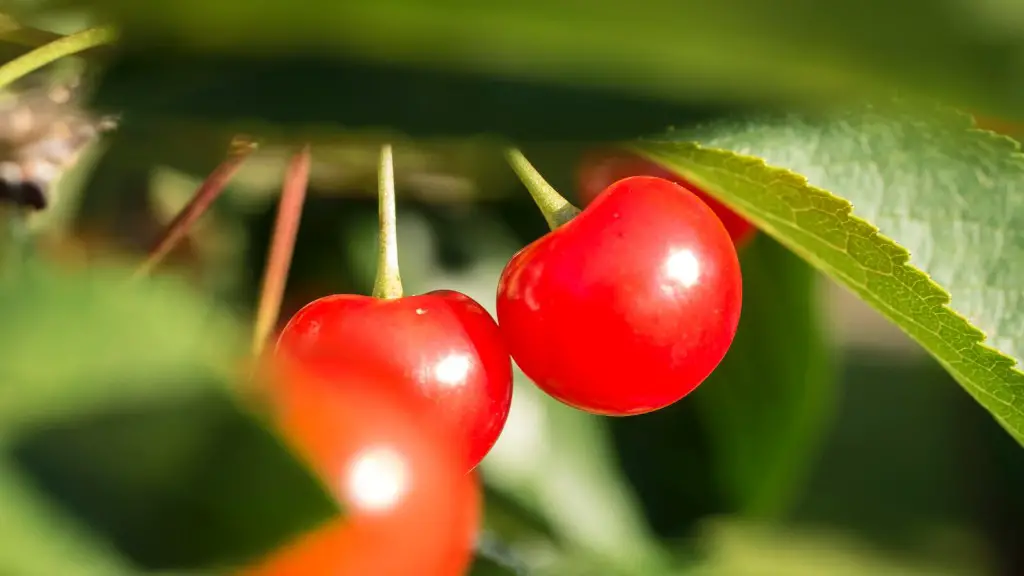It is not uncommon for citrus trees, such as lemon trees, to lose their leaves from time to time. It is important to identify why your indoor lemon tree is losing its leaves in order to provide it with the correct care and attention. This article will explore the reasons why your indoor lemon tree may be losing its leaves, the signs that indicate a potential issue, and some advice on how to care for your indoor lemon tree to help prevent leaf loss.
Cause #1: Improper Care
One of the primary causes of an indoor lemon tree losing its leaves is due to improper care. Any tree needs enough sunlight, water and food to maintain healthy growth. Your lemon tree should be getting enough light, however if it is not, then it may start to lose its leaves. Additionally, if the soil is not moist enough, the tree will not be able to absorb enough water and the leaves will fall off prematurely. Finally, fertilizing your lemon tree will help to promote healthy growth.
Cause #2: Pest Infestation
Another potential cause of leaf loss from an indoor lemon tree is a pest infestation. If there are visible signs of pests, such as webs or larvae, then there is a possibility that these pests are the cause of the issue. In this case, it is important to identify the specific type of pest in order to choose an effective treatment. This can be done by bringing a sample of the pest to a local nursery or garden centre for identification.
Cause #3: Disease
Disease is another potential cause of an indoor lemon tree losing its leaves. There are a range of diseases that may cause leaf loss, such as leaf blight, root rot and fungal infections, so it is important to identify the specific disease to determine a suitable course of action. Symptoms of each type of disease will vary, but may include discolouration of the leaves, spotting, or wilting.
Identifying the Problem and Treatment
Before attempting to address the causes of an indoor lemon tree losing leaves, it is important to identify the underlying cause of the issue. Depending on the cause, the treatment will vary, so it is important to get an accurate diagnosis. If the issue is due to improper care, then following the necessary guidelines for watering, fertilizing, and providing enough sunlight should help to solve the problem. If the cause is a pest infestation, then treating the tree with an effective pesticide should be sufficient. If the cause is disease, then follow the specific guidelines for treating the identified disease.
Preventative Care
Having an understanding of the needs of an indoor lemon tree, and adhering to the correct watering, fertilizing, and light requirements will help to keep your tree healthy and will reduce the chances of an issue, such as leaf loss, arising. Additionally, regularly inspecting your lemon tree for signs of pests or disease and treating any issues promptly can help to prevent a potential issue from worsening.
Soil pH and Nutrients
It is important to use a soil that is suitable for citrus trees and that has the correct balance of nutrients and pH. The ideal pH for a lemon tree is between 6.0 and 7.0, and if the soil pH is not within this range then the tree will struggle to absorb certain nutrients. Additionally, providing appropriate fertilizers in moderation will help to supply the tree with a balanced diet of essential nutrients that are required for healthy growth.
Potting and Repotting an Indoor Lemon Tree
Ensuring that your indoor lemon tree is kept in an appropriate sized pot will help to ensure its health. Lemon trees do not like to be kept cramped in tight-fitting pots, however if it is kept in a pot that is too large for its current size then it may become prone to root rot. If your lemon tree has become root-bound, or simply needs to be re-potted, it is important to remember to not disturb the roots too much, as this can add stress to the tree and encourage leaf loss.
Watering Your Indoor Lemon Tree
An indoor lemon tree needs to be watered regularly, as lemon trees are very sensitive to changes in moisture levels. To avoid overwatering, check the soil before watering and if it is still damp then the tree will not require further watering. Additionally, if the soil is dry, watering thoroughly until the excess water begins to come out the bottom of the pot is recommended.
Humidity and Temperature
When caring for an indoor lemon tree, it is important to ensure that the temperature and humidity levels are suitable. Lemon trees require a humid environment, though they can tolerate some dry air, especially in the winter months. Additionally, it is important to ensure that the tree is kept in an area where the temperature remains consistent, with temperatures below 20°C and above 10°C being ideal.
Light and Shade Requirements
The light needs of an indoor lemon tree will depend on the type of tree, however lemon trees generally require between six and eight hours of direct light during the summer months, with less during the winter months. If the tree is not receiving enough sunlight, then it may become distressed and start to lose its leaves. Additionally, an indoor lemon tree should be kept away from direct sunlight in order to prevent leaf burn.


